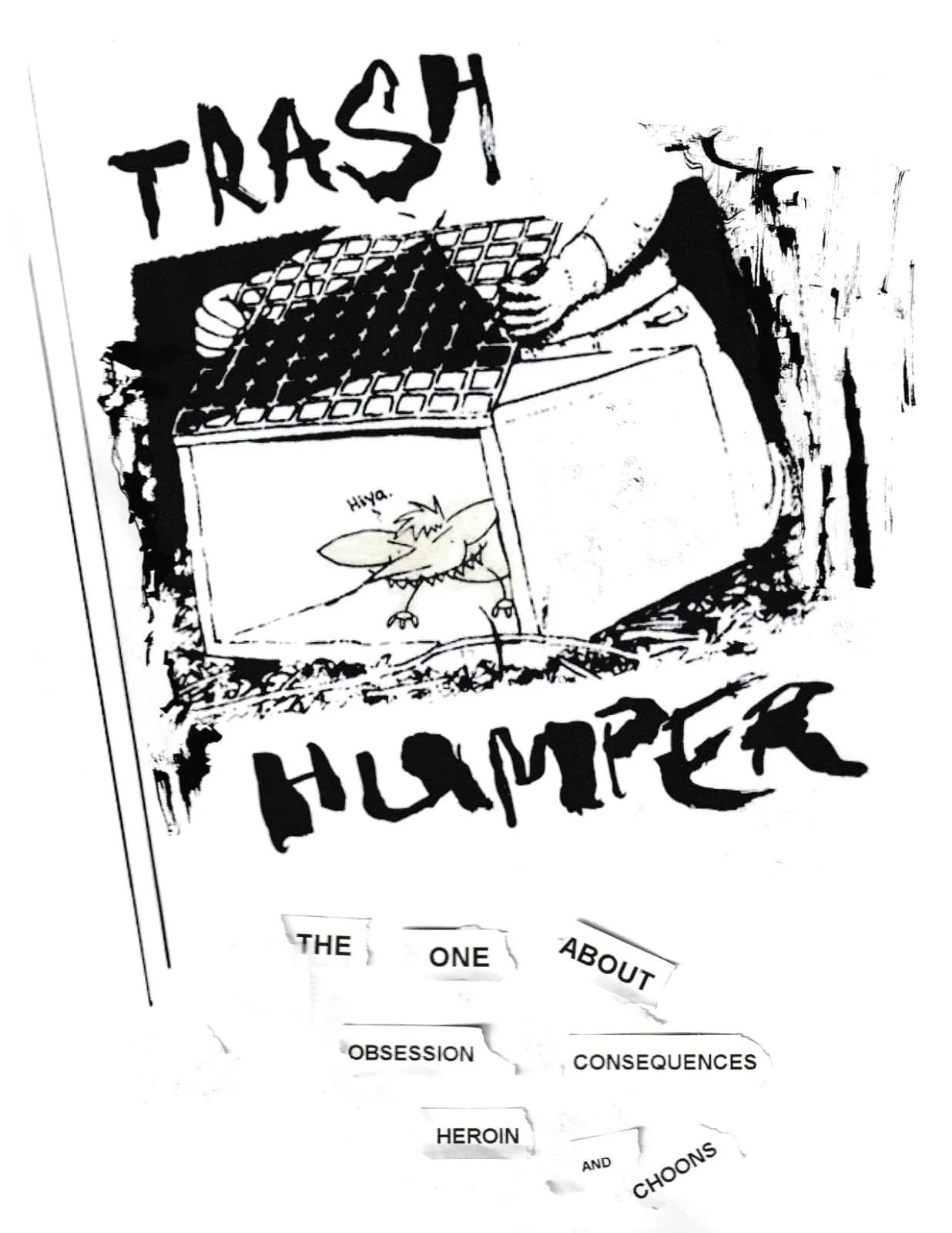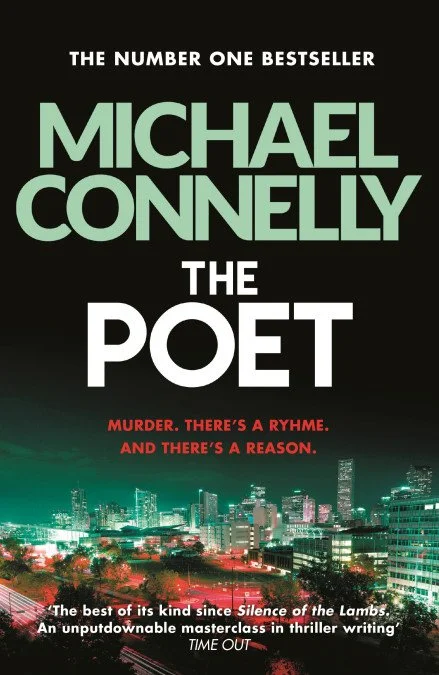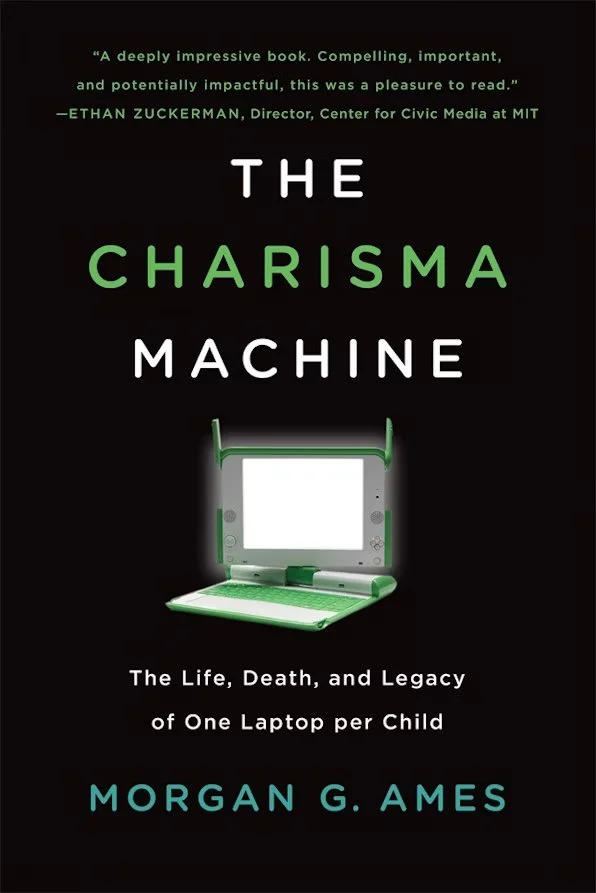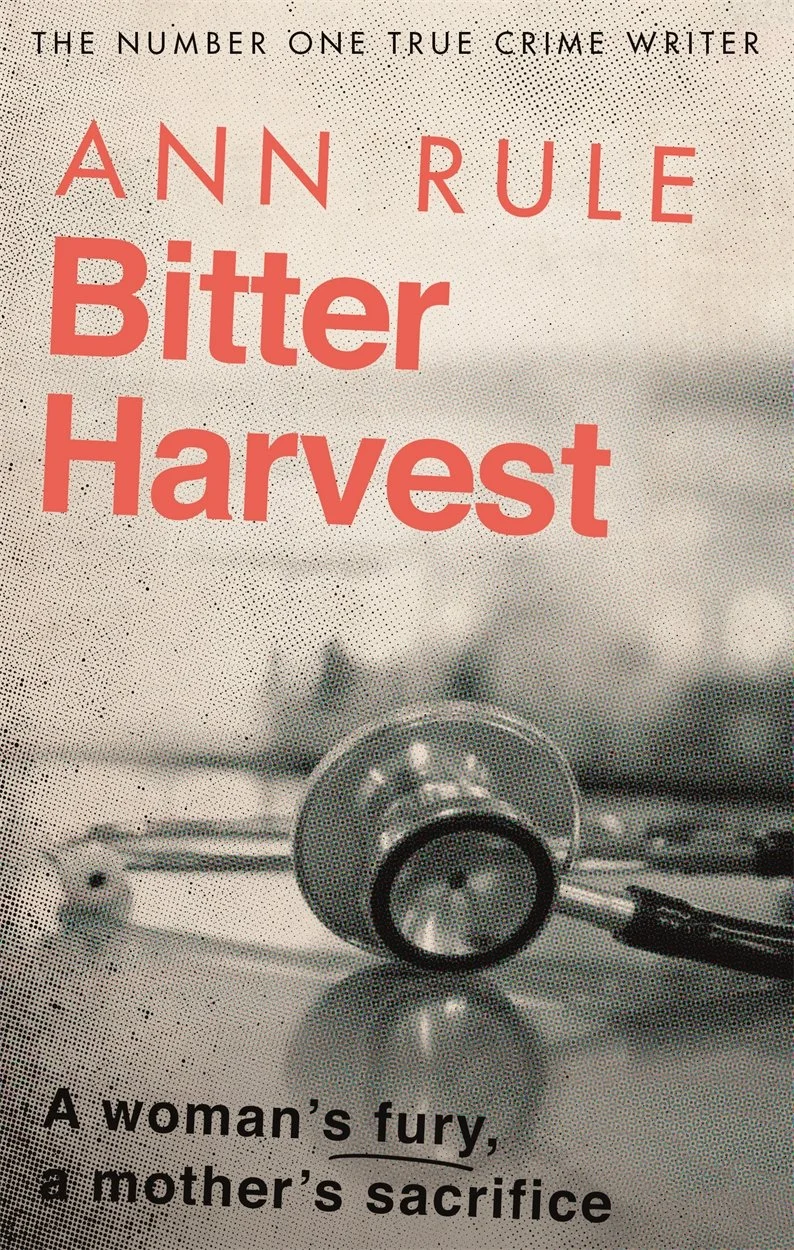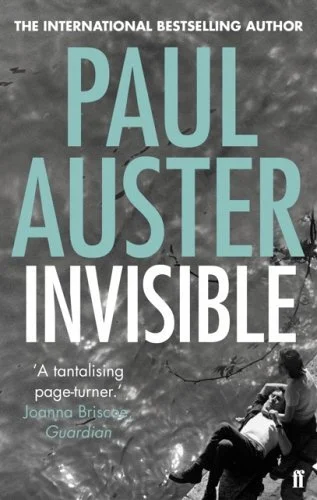1
Sometimes things arrive in threes. This is slightly unfortunate when it comes to Reich-related content, but I’m trying to keep the momentum up with posting these little notes, so I’ll record them here anyway.
Firstly, I listened to Steve Reich Essentials on Apple Music, which revealed a much more diverse range of compositions than I was aware of. I’m quite a fan of 20th century minimalist music and in that field Reich is a big name, mainly for his use of phasing. (My wife also loves Clapping Music, considering it one of the best things ever made by a human). The playlist had a lot of music I wasn’t familiar with and showed that Reich is not just someone who goes du-du-du-du-du-du-du and did-did-did-did-did-did.
Amongst the pieces in the playlist is Different Trains and hearing it again made me think of the Song Exploder episode dealing with the composition of the first part of that piece. It’s one of the longer episodes of that series, but is still only about 30 minutes. Most podcasts are too long, but Song Exploder is the exception. I love hearing about the creative process in all its forms. The podcast (as well as One Song) are also a potential source of stems for sampling. I always wanted to make a series called Song Imploder, which used the musical snippets from the show in order to make a musical counterpoint. Unfortunately, I am coming to terms with the truth that I am not really very gifted musically. I am slowly making my piece with this fact.
2
Another Reich, one whom I am unsure is related to the first or not, is former US Labor Secretary Robert Reich. He’s interviewed on Kara Swisher’s podcast On with Kara Swisher. (That was a horrible sentence. I’m typing through the first coffee of the day.)
I’m really trying to limit the amount of US politics I ingest at the moment. It’s difficult to ration it, though, as the news seeps through everywhere. This interview was interesting to me, though, as Reich talks about the mistakes that were made in his time in the Clinton administration and how the Democratic party lost touch with its base. I don’t know what happens next, but it feels like progressive parties (both in the UK and the US) can’t carry on along this same track.
Anyway. link to episode here.
3
Finally, we get to Robert Reich’s son, Sam Reich, who is the CEO of streaming service Dropout (formerly College Humor). He’s interviewed by Fast Company about how he acquired the company and the ethos of mutual benefit he’s tried to instil there. I find it really interesting - and encouraging - when people make successful businesses out of the simple principle that you don’t have to screw absolutely everyone you meet. He’s also quite funny and charming, which makes it an easy listen.
Sam Reich Fast Company interview
(If a podcast doesn’t have its own site, I’ll use a link to Apple podcasts, just because it seems like the standard repository. That said, I find the Apple Podcasts app to be pretty horrible. I’ve been using Pocketcasts for a while now, mainly because it allows you to play podcasts through a Sonos speaker. This used to be a premium feature, but is now free.)





